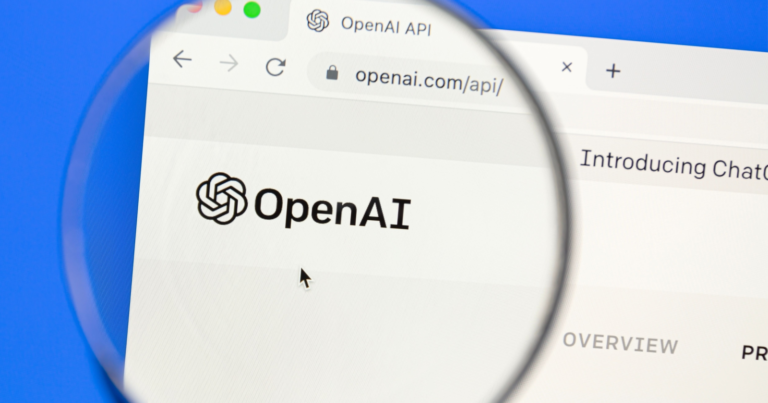
OpenAI, the AI analysis firm behind ChatGPT, has launched a brand new instrument to distinguish between AI-generated and human-generated textual content.
Whereas it is not possible to detect AI-written textual content with 100% accuracy, OpenAI believes its new instrument may also help debunk false claims that people have written AI-generated content material.
In an announcement, OpenAI says its new AI textual content classifier can restrict the power to run automated misinformation campaigns, use AI instruments for tutorial fraud, and impersonate people with chatbots.
When examined on a set of English textual content, the instrument was capable of appropriately inform if the textual content was written by AI 26% of the time. Nevertheless it was additionally wrongly assumed that human-written textual content was written by AI 9% of the time.
OpenAI says its instrument works higher the longer the textual content is, which is why it might want no less than 1,000 characters to run a check.
Different limitations of the brand new OpenAI textual content classifier are the next:
- Can mislabel each AI-generated and human-written textual content.
- AI-generated textual content can escape the classifier with minor modifications.
- Can go flawed with texts written by youngsters and with texts that aren’t in English as they had been primarily educated with English content material written by adults.
With that in thoughts, let’s take a look at the way it works.
Utilizing OpenAI’s AI textual content classifier
OpenAI’s AI Textual content Classifier is simple to make use of.
Sign up, paste the textual content you need to check, and click on the Submit button.
The instrument assesses the chance that the AI generated the textual content you submitted. The outcomes vary from the next:
- Not possible
- Unlikely
- Unclear if that’s the case
- Presumably
- Most likely
I examined it by asking ChatGPT to write down an essay about search engine marketing after which submitting the textual content verbatim to the AI Textual content Classifier.
It rated the essay generated by ChatGPT as presumably generated by AI, which is a robust however unsure indicator.
Screenshot from: platform.openai.com/ai-text-classifier, January 2023
This end result highlights the constraints of the instrument, because it couldn’t say with high certainty that the textual content generated by ChatGPT was written by AI.
By making use of minor modifications urged by Grammarly, I diminished the ranking of presumably to not clear.
OpenAI rightly says that it is easy to bypass the classifier. It is not meant to be the one proof that AI wrote something, although.
In a FAQ part on the backside of the web page, OpenAI explains:
“Our supposed use for the AI textual content classifier is to encourage dialog in regards to the distinction between human-written and AI-generated content material. The outcomes could be useful, however should not be the one proof {that a} doc was created with AI. The mannequin is educated on human-written textual content from quite a lot of sources, which is probably not consultant of all varieties of human-written textual content.”
OpenAI provides that the instrument has not been totally examined to detect content material that incorporates a mixture of AI and human-written textual content.
Finally, the AI textual content classifier could be a beneficial useful resource for flagging probably AI-generated textual content, however shouldn’t be used as a definitive measure for making judgments.
Featured picture: IB Images/Shutterstock